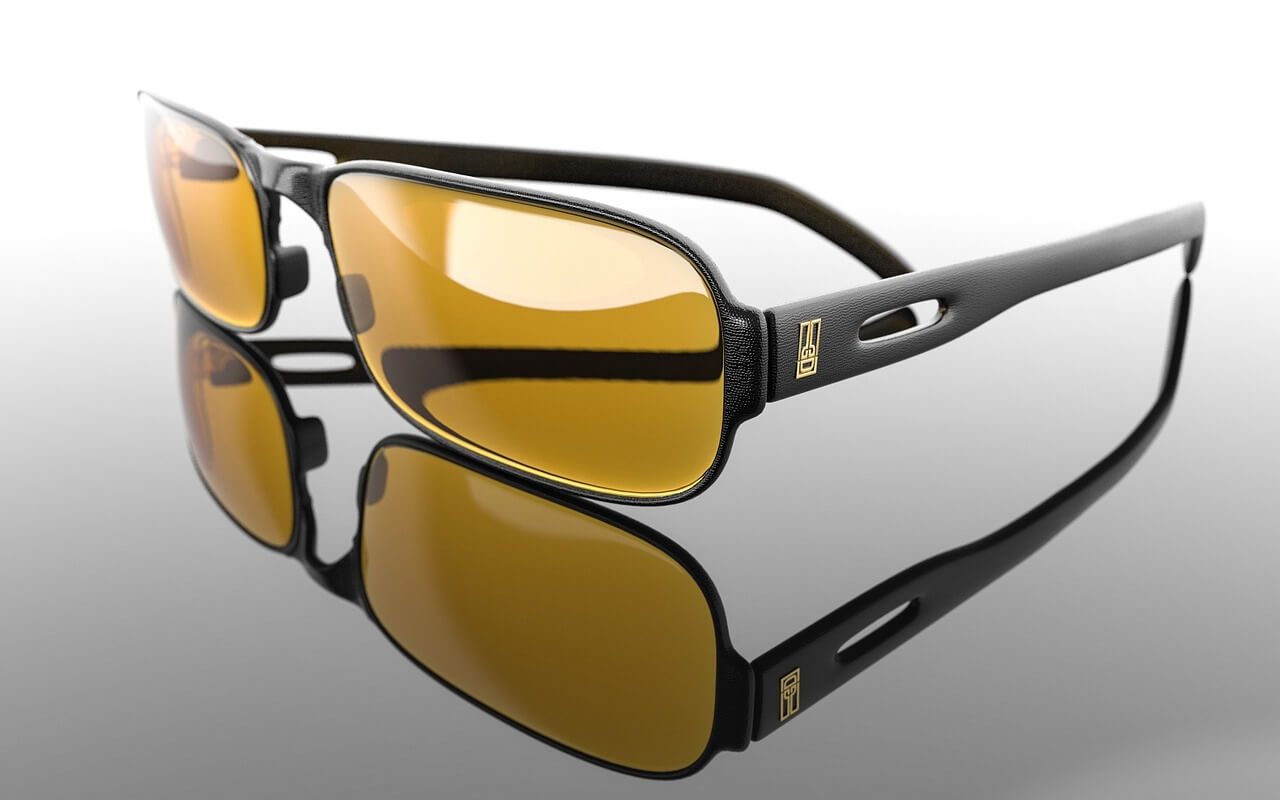Sunglasses Tint Options Explained
Sunglasses are not just a fashion statement! They protect your eyes and offer you relief from the intense glare of the sun and keep your eyes safe from harmful UV rays. But with so many options available in the market, it can be overwhelming trying to choose the right pair of sunglasses. The key element for some that makes the real difference is the tint. Different tints help with different purposes and understanding which purpose you need sunglasses for will help you make an informed decision.

What Is The Purpose Of Coloured Tinted Sunglasses?
Coloured tints in sunglasses aren’t just for aesthetic reasons; they actually impact how much light reaches your eyes and how well you can see certain colours and contrasts.
Different coloured tints serve different purposes:
Green tints and Grey tints are the most versatile, offering very high contrast and visual sharpness. They reduce the glare to your eyes while brightening shadows, making them ideal for varied light conditions, including both sunny and low-light environments.
Yellow or Gold tints reduce blue light, allowing you to have greater clarity and depth perception. They're perfect for snow sports, and early morning and late afternoon activities. However, they might distort colour recognition, making them unsuitable for driving or tasks that need accurate colour perception.
Brown and Amber tints are good to use in varying light conditions. They reduce glare, block blue light and offer you increased contrast and depth perception. These tints are a good choice for outdoor activities like water and snow sports.
Red or Rose tints provide you comfort by blocking blue light, enhancing visual depth and improving contrast in partly cloudy or sunny conditions. They're good to use for water sports and snow conditions, but like yellow or gold tints they may cause colour distortion.
Which Tint Is Best For Sunglasses?
Determining the best tint for sunglasses depends on the activity you’re doing and the lighting conditions you’re in. Grey is a very versatile and popular choice that reduces brightness and doesn't distort colours, which makes it suitable for most activities, including driving. Brown and green tints are great for improving contrast and your depth perception, making them perfect for golfing, fishing and other related outdoor activities. Yellow tints are perfect for low-light conditions so if you are skiing or performing any activities at dawn or dusk these would be the best for you.
What Are The Best Sunglasses For Blocking the Sun?
Sunglasses that have darker tints like grey, brown and green should block more sunlight than lighter shades like yellow or rose, and a wraparound style or larger frames can also help you block the sun from different angles, however, sunglasses are not just for blocking the sunlight or glare but should offer protection against the harmful sun rays. Look for sunglasses that offer 100% UVA and UVB protection, or 100% protection against UV400.
What Do Sunglasses Categories Mean?
Sunglasses normally come with a category number, which ranges from 0 to 4, and this number refers to their level of tint and UV protection.
- Category 0 lenses are clear or have a very light tint, which is best suited for night or low light conditions.
- Category 1 lenses are slightly tinted, providing limited sun glare reduction and UV protection which are OK for cosmetic use.
- Category 2 sunglasses provide a medium level of sun glare reduction and good UV protection, ideal for everyday use.
- Category 3 sunglasses offer a high level of sun glare reduction and good UV protection. They're perfect for outdoor activities and water sports.
- Category 4 sunglasses provide the highest level of sun glare reduction and excellent UV protection. They're perfect for special purposes like high altitude, sea, desert or snowy environments and are not to be used while driving due to their dark tint.
What Is The Darkest Tint For Sunglasses?
The darkest tint for sunglasses falls under category 4. These sunglasses only let in 3% to 8% of visible light and block out almost 100% of UV rays. The dark tint can actually cause your pupils to dilate, which in turn allows more UV rays to enter the eye, so it is crucial that these lenses provide total UV protection. Despite the fact they are excellent at reducing sun glare, they're not recommended for driving or operating heavy machinery because of the super reduced light transmission.
Summary
Choosing the right tint in sunglasses can massively help your visual comfort and performance in the conditions you mostly use them in. Remember, the best sunglasses aren't determined merely by the darkest tint or aesthetic appeal, but by what they offer you during the time you undertake a certain activity, the light conditions when you do and the level of UV protection they offer. The world of tinted sunglasses is fascinating and your perfect pair is waiting for you!
Author: John Dreyer Optometrist Bsc(Hons), MCOPTOM, DipCLP
Created: 7 Sep 2023, Last modified: 7 Jan 2025

